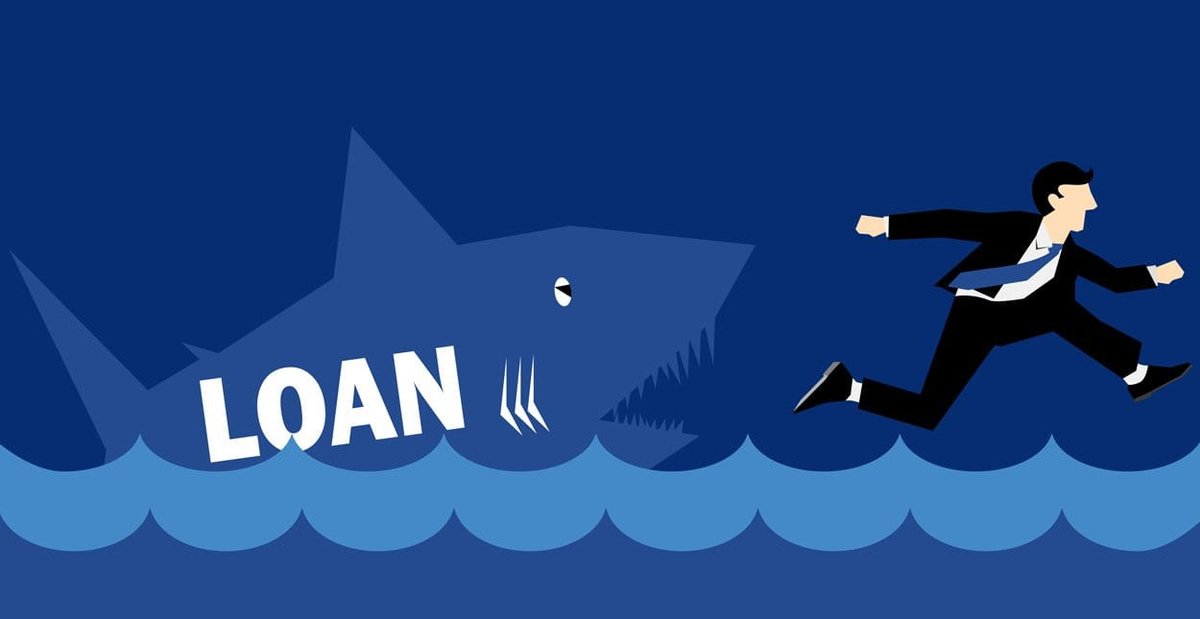Loan sharks, in many countries, are spectres of times past. The majority of people have access to online banking, comparison marketplaces and in-person advice to work out how to find affordable, low-interest borrowing that suits their needs.
South Africa, however, has a unique geography and society that enables mashonisas, or community loan sharks, to thrive – with very little difference made by new legislation or regulations that primarily affect credible and reputable lenders rather than illegal and often unethical loan sharks.
Defined by the United Nations Office on Drugs and Crime as ‘lending money at an interest rate above the legal limit’ loan sharks specialise in illegal lending, often targeting individuals and small businesses who perceive that they have no other way to obtain financing.
Why Is Loan Sharking So Prevalent in South Africa?
The loan shark crisis isn’t a precautionary tale but a current problem impacting everyday families, vulnerable borrowers and small businesses. Many communities look past the criminality of loan sharks and regard them as necessary for survival, no matter the cost.
A report published by Eighty20 earlier this year found that in the final quarter of last year, over 800,000 households entered the credit market, an increase of over 30% on the previous year. As an indicator of the debt-related stress on the population, this metric shows a huge spike in the number of households who simply cannot afford the spiralling cost of living.
Over half of all South African families are estimated to live below the poverty line, with a quarter living below the food poverty line – meaning that credit becomes a means for survival during times of economic crisis.
While much of the world might assume loan sharks are a known entity, they remain a strategy for survival for people living meal to meal and day to day, making the hunting grounds rich and fertile for illegal lenders keen to extract maximum profits.
How Can We Stop South African Loan Sharks From Trading?
In a recent interview with South African digital lender ‘Wonga’, the lender, who themselves have commissioned a detailed investigation into the ‘informal credit market’ have proposed a checklist for prospective borrowers to use in order to evaluate the legitimacy of a possible lender and to assess whether or not a loan is a viable, safe option. They suggested looking out for the following clues:
- A lack of formal paperwork, varying from the requirements for a regulated lender to offer a confirmed credit agreement detailing the interest rate, charges and total repayment value.
- Uncertainty about the interest payable – any credible lender will specify precisely what interest rates they will charge and other fees or product charges.
- Demands for unusual assets as security. Requiring a form of photo ID as collateral is a serious red flag and is never a practice employed by banks or professional lenders.
- Variances in the charges levied – loan sharks commonly impose unexpected and unexplained fees. In contrast, a real bank will never extend a loan without consideration or raise a charge that hasn’t previously been explained.
- Loans offered without an affordability assessment. The regulations in South Africa require any lender to conduct an appraisal to ensure a borrower can reasonably afford the repayment schedule – they will never offer a loan immediately without an assessment process.
Borrowers should also be cautious about any lender that resorts to intimidation, threats or blackmail. A regulated financial provider would be exposed to severe penalties, investigation and criminal procedures for employing such practices – which are only ever used by unethical and illegal lenders as a form of extortion.
As these pointers signify, education is the most powerful tool in halting the rise of loan sharking in its tracks. A savvy consumer who knows that a proffered loan is riskier than it costs may be more effective than any regulation and protect borrowers from entering into agreements that are intended to ensure they can never leave.














